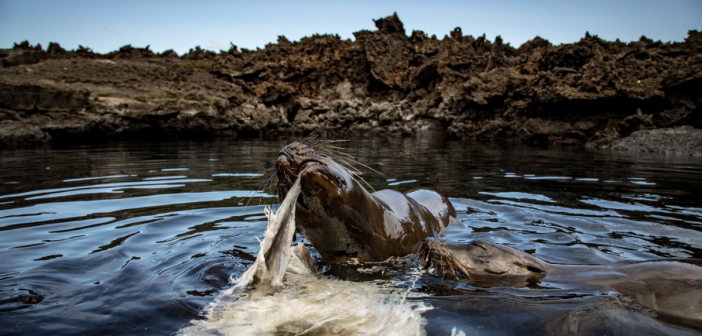Climate change, a combination of warming ocean water and the storms caused by El Niño, is threatening the unique sea and land life in the Galápagos Islands that inspired Charles Darwin and his theory of evolution. As a result, life on the Galápagos is changing, often in ways that have not been seen before.
The Galápagos, which lie 846 miles west of Ecuador, are at the intersection of three major ocean currents. They also are in the cross hairs of El Niño , one of the world’s most destructive patterns, which causes rapid and extreme ocean heating across the tropics in the Eastern Pacific. Rising ocean temperatures are making El Niño more frequent and more intense. And warmer water can block the rise of nutrients to the surface, causing starvation in marine life.
Marine scientists have now found that iguanas in the Galapagos, for example, are starting to shrink as their food source disappears. They actually are reabsorbing parts of their skeleton to decrease their size so they can survive on a smaller diet.
According to this major report in The New York Times, sea lions are now starting to eat tuna, for the first time, as their food sources also disappear (see picture above). Galápagos penguins, native to these islands, stop breeding when water temperatures reach about 77 degrees. Flightless cormorants starve in their nests because they can’t travel to find food elsewhere when the fish populations die off. And blue-footed boobies, birds with bright feet, stop trying to breed when warmer water kills sardines, their major food. Read more:
https://www.nytimes.com/interactive/2018/12/18/climate/galapagos-islands-ocean-warming.html




